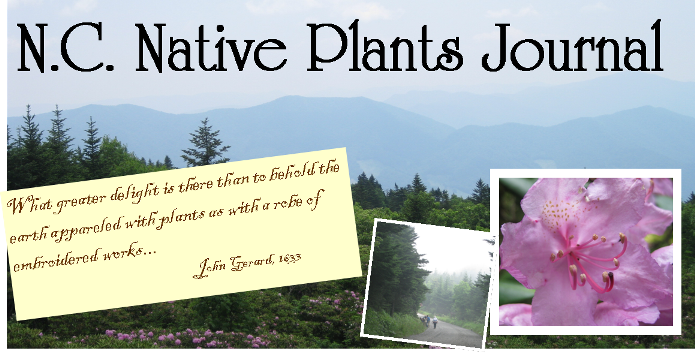 |
| Hedged field patterns in Camarthenshire, South Wales. Photo courtesy: Rob Wolton, www.hedgelink.org.uk |
The hedges are now
full of the shepherd’s rose, honeysuckles, and all sorts of wild flowers; so
that you are upon a grass walk, with this most beautiful of all flower gardens
and shrubberies on your one hand, and with the corn on the other. And thus you
go from field to field… the sort of corn, the sort of underwood and timber, the
shape and size of the fields, the height of the hedge-rows, the height of the
trees, all continually varying. Talk of pleasure-grounds indeed! What, that man
ever invented, under the name of pleasure-grounds, can equal these fields in
Hertfordshire?
William Corbett, Rural Rides, 1820[i]
Deep in the English countryside footpaths and auto lanes
follow along hedgerows of hawthorn, beech, oak, shrubs and wildflowers. In spring, the hedges are alive with
blossoms and fresh green leaves, singing birds, and little animals scurrying
along the ground in the leaf litter.
Years ago, women carried their wet laundry to the hedges, spreading them
out to dry in the sun. In the fall, they
gathered nuts and fruits, preparing them for family meals and preserving them
for the winter.
Today, we admire hedgerows from afar, or up close on walks
alongside them when we can. Clipped
hedges inspire us to create garden rooms, and hedgerows bring out fantasies of
cute little hedgehogs and Peter Rabbit.
In truth, hedgerows provide shelter for the birds, mammals, and insects that pollinate plants and spread seeds. They create corridors for the safe movement of plants and animals across the landscape we have scraped clear of wild growth to make room for our homes, roads, schools, shopping centers and hospitals.
Hedgerows restore, in inobstrusive and interesting ways, some of the wildness needed by all of the creatures that share the earth. Tightly clipped or growing free and naturally, hedgerows offer all of the benefits for which they were originally used (boundary markers, fencing in or out of people and animals, provision of timber, windbreaks, soil conservation, food, medicinals and more) as well as more contemporary uses for plant and animal movement and restoration of habitat.
Following posts will explore some of the plants used traditionally in hedgerows, and our native plant counterparts.
[i] Corbett,
William (1820). Rural Rides. Thomas
Nelson Publishers. p.88. URL:
http://www.gutenberg.org/ebooks/34238 Accessed 05-12-2012.




